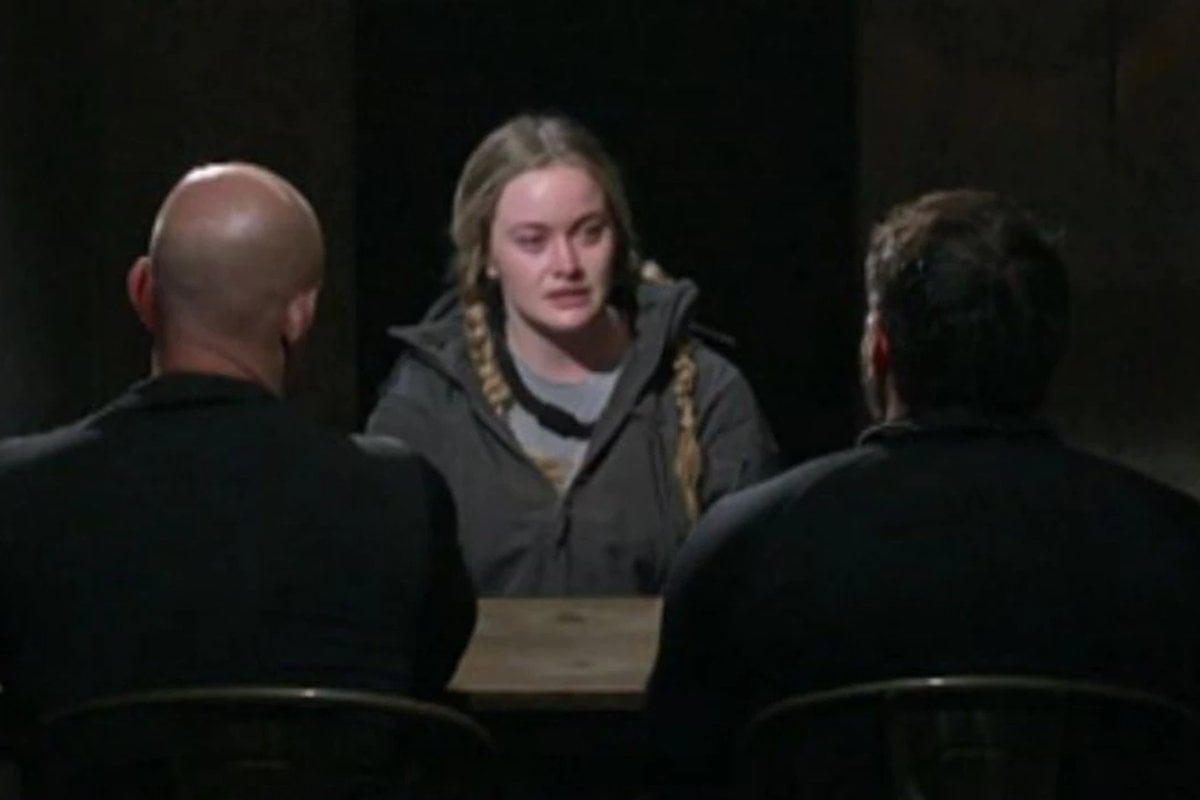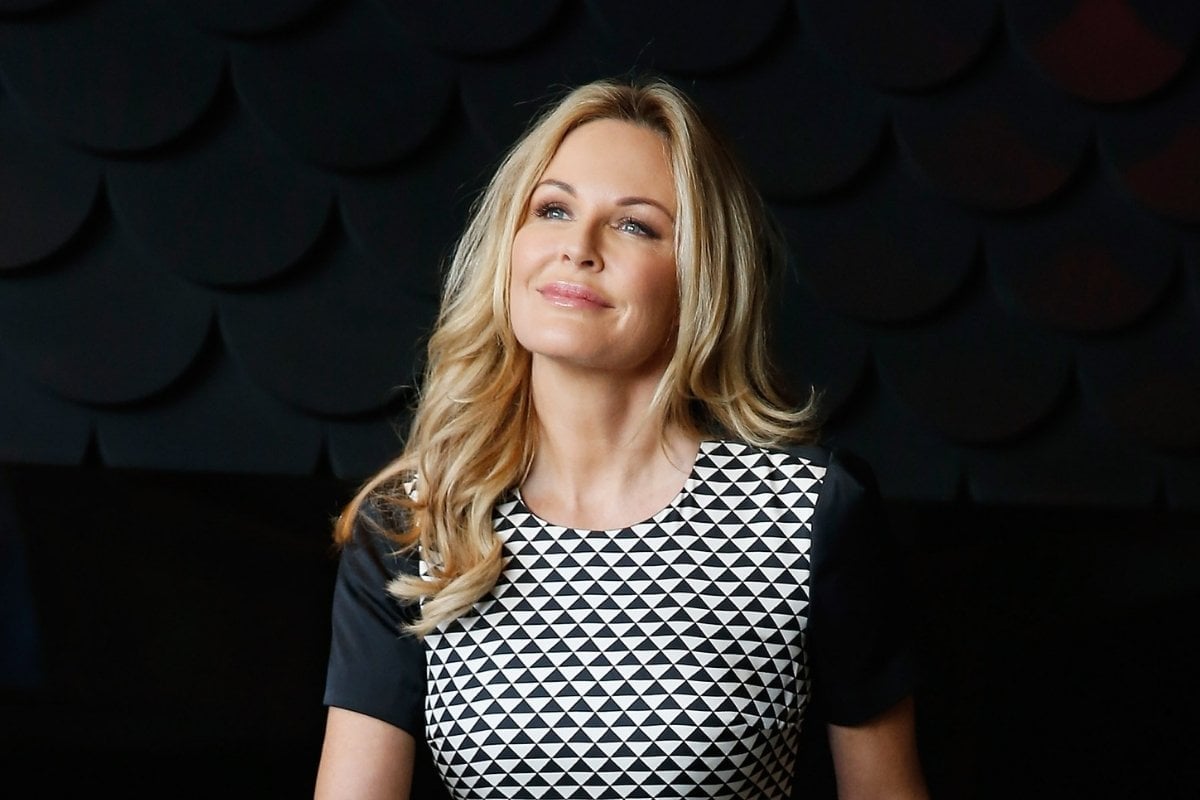
The following deals with suicide, which may be triggering for some readers.
Model and television personality Charlotte Dawson was a fiercely loved person. Loved by her family in New Zealand, loved by her colleagues and large social circle, and loved by the handful of friends she kept closest.
Simone Holtznagel was among them.
Simone met Charlotte while competing on the reality show Australia's Next Top Model back in 2011. Charlotte was a judge, famous for her acerbic wit and no-nonsense critiques.
"She was definitely intimidating when you first met her," Simone told Mamamia's Extraordinary Stories podcast. "She was just such a force... But as soon as you actually met her, she was just so lovely. I think she liked that; she liked having that strong, don't-mess-with-me kind of persona."
Charlotte served as Simone's mentor during the show, a mother figure. And in the aftermath, she became a friend. The kind of friend who could come and go from her apartment like family, who shopped for and comforted her when she was unwell, who'd share hysterical fits of laughter about the kind of macabre things only friends can.
Simone was also the kind of friend who also saw up close what others only knew from a distance.
Charlotte lived with clinical depression.
Watch: The difference between sadness and depression.

